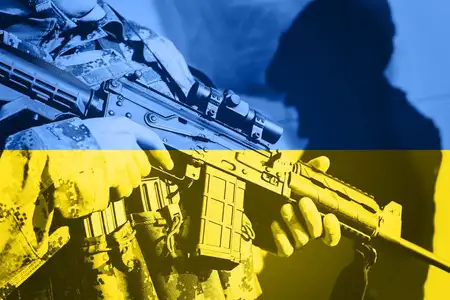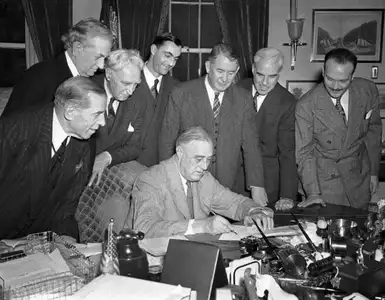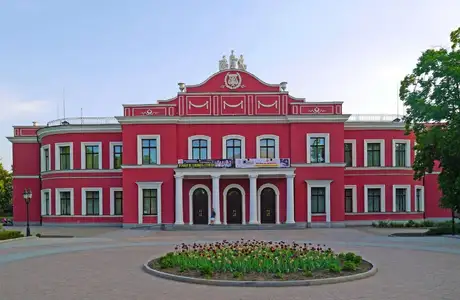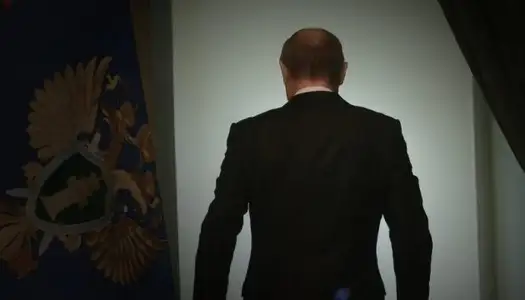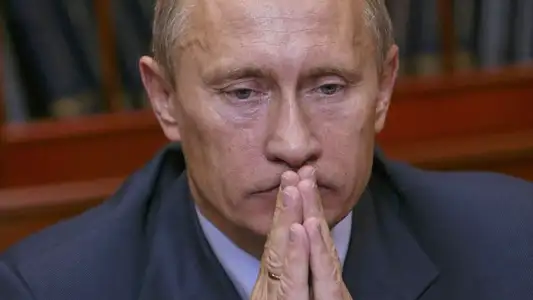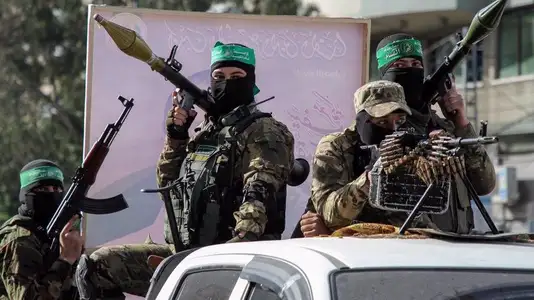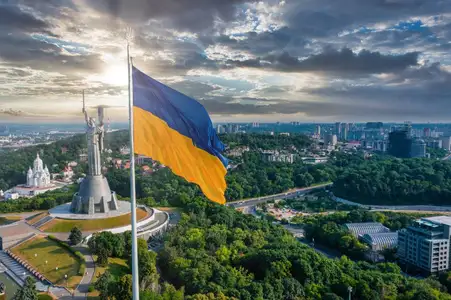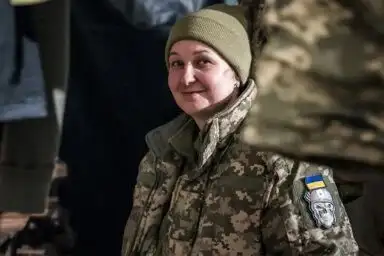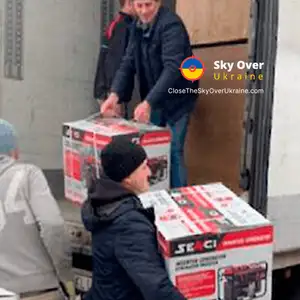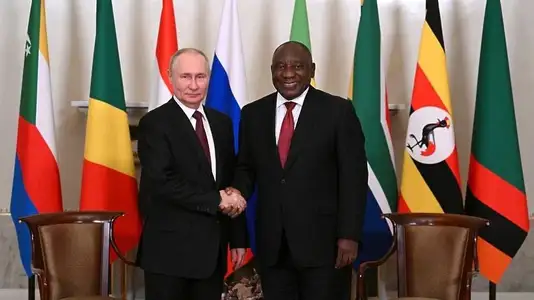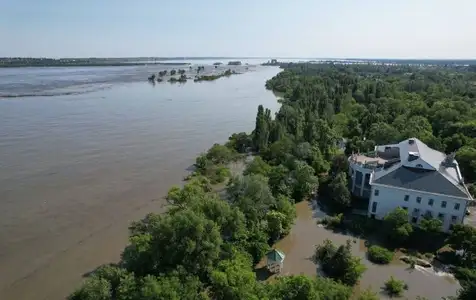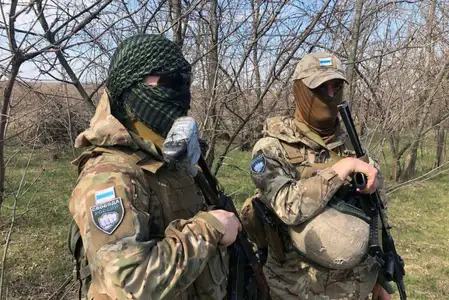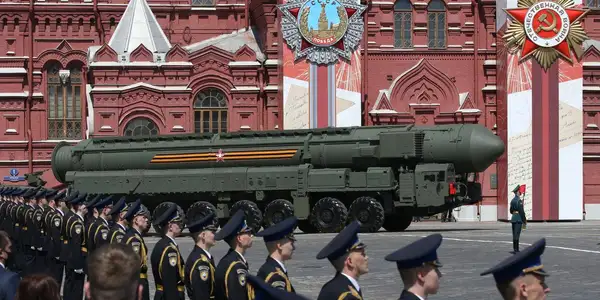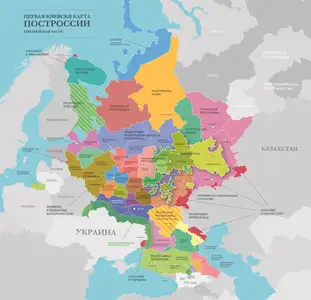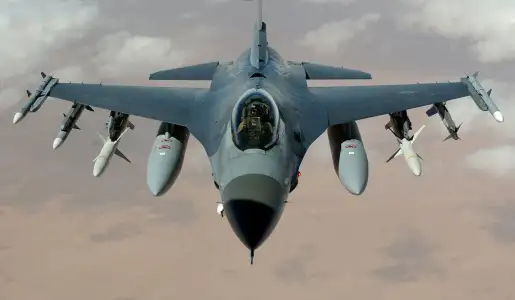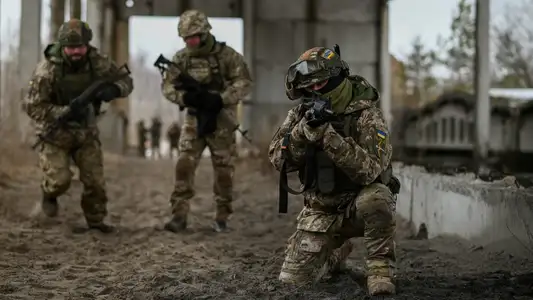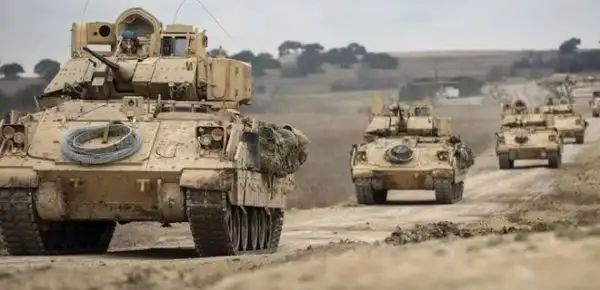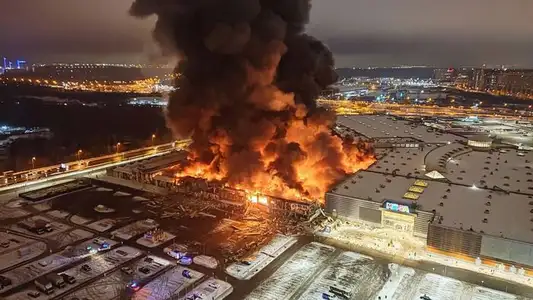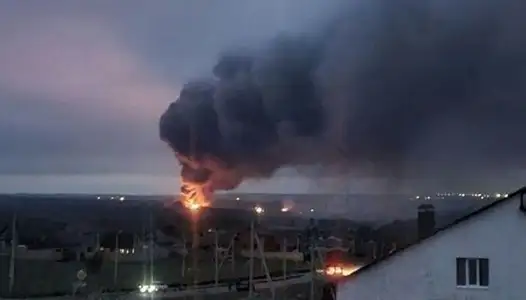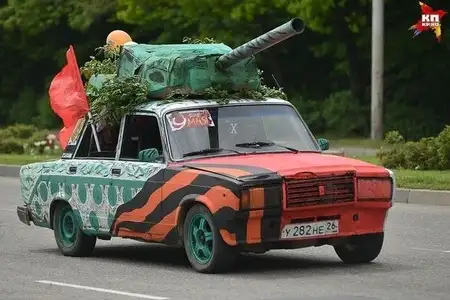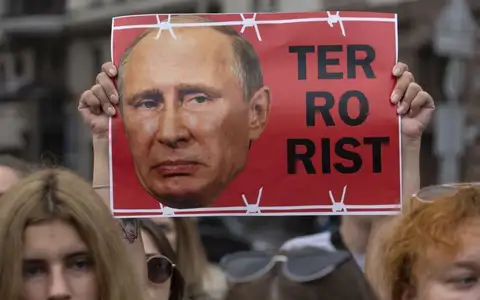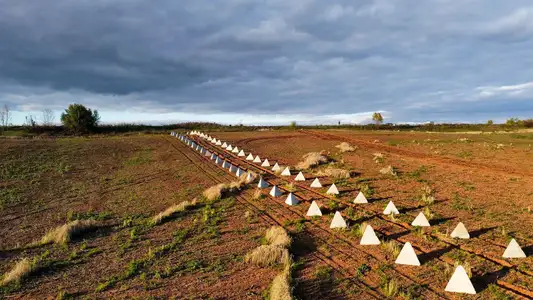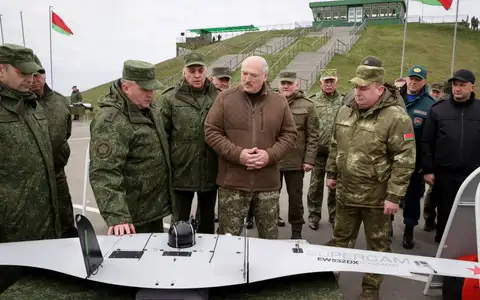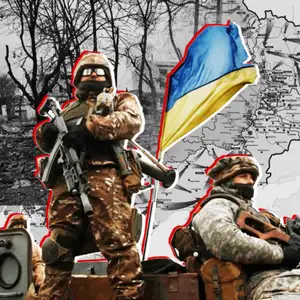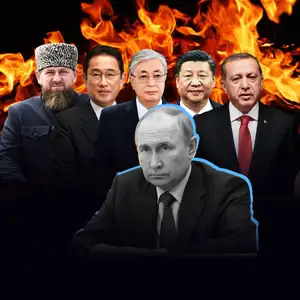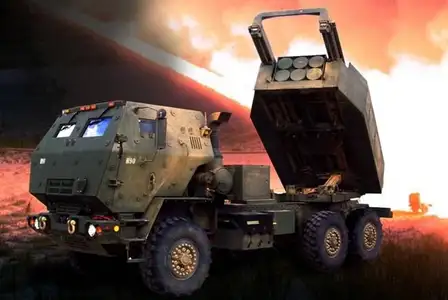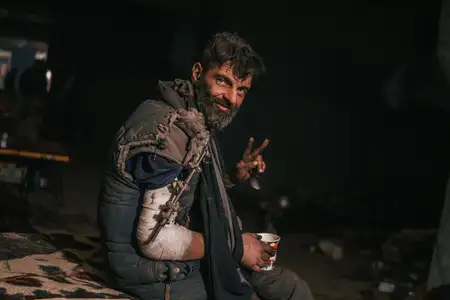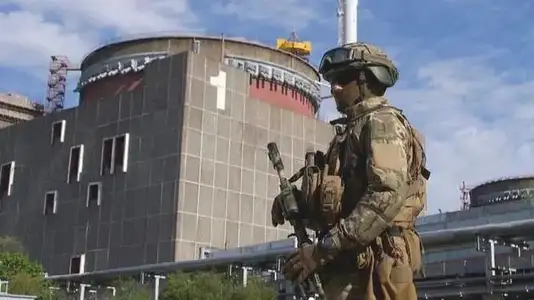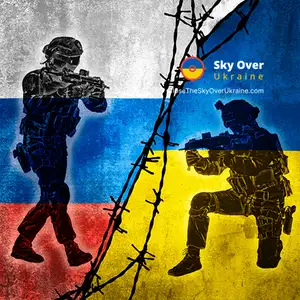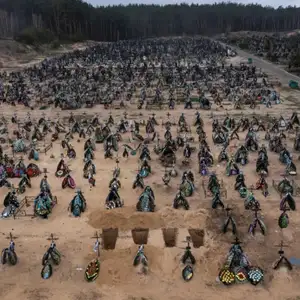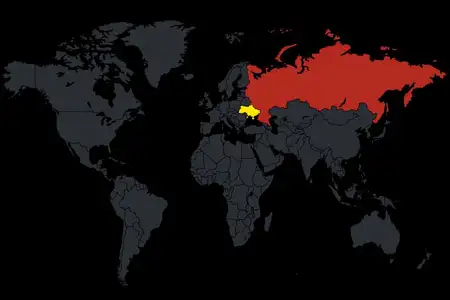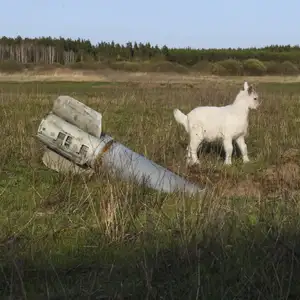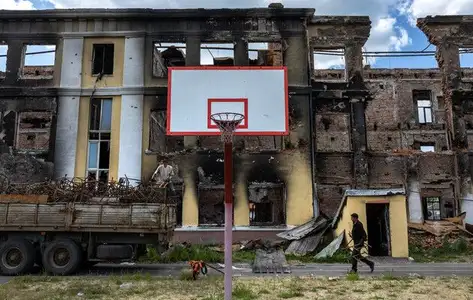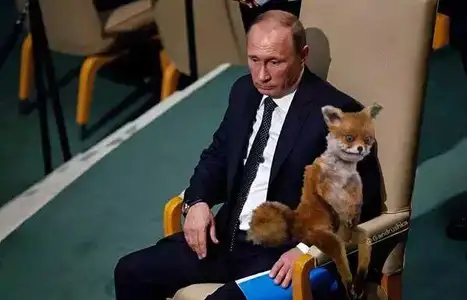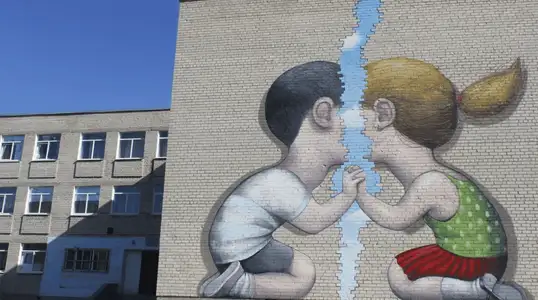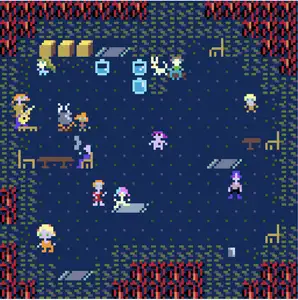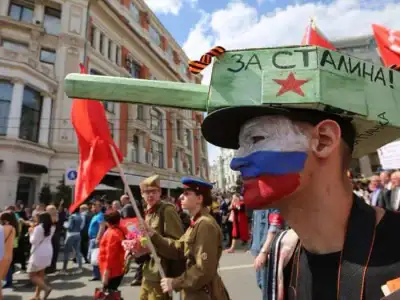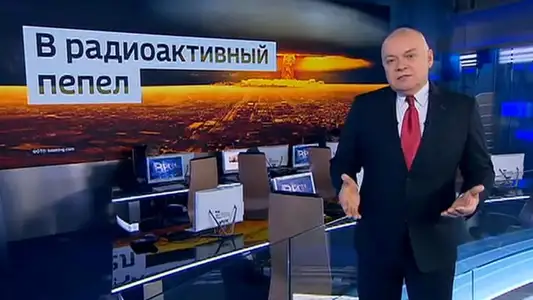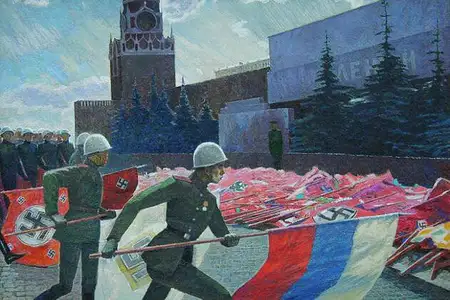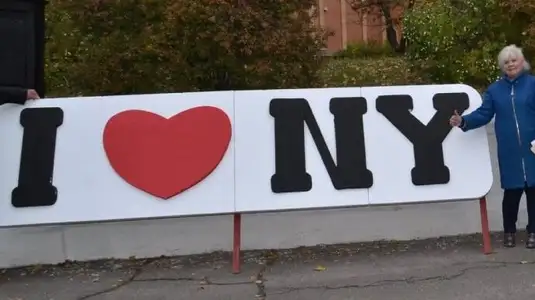Winter is coming: What to expect on the fronts?
Ukraine has already made a strategic breakthrough in the war. Its future outcome largely depends on whether the AFU can consolidate this success in winter.
It is already clear that the war in Ukraine will drag on for at least several more months. After the active Ukrainian offensive in the fall, especially the brilliant successes in the Kharkiv region, now we can see some weakening in the intensity of fighting in different directions of the front.
The main reason is weather conditions. And it will only get harder from now on. We decided to make a review of experts’ opinions on what awaits the occupiers and Ukrainian defenders in winter and how the course of combat operations in different directions may change.
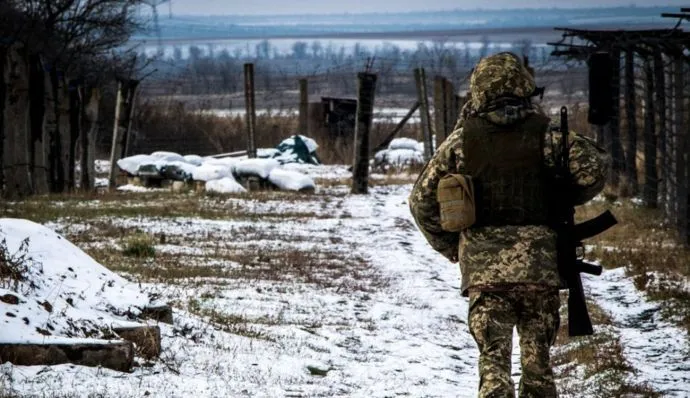
How might the course of military operations change in winter?
As noted by experts, after the successful Ukrainian offensive in northeastern Ukraine, during which almost the entire Kharkov region was liberated, strategically the situation on the front has finally shifted to Ukraine’s side. Ukraine sets the agenda and has the initiative, and Russia responds. But this does not mean that it will be easy and everything will end tomorrow. On the contrary, as winter approaches, hostilities are only prolonging.
The nature of the war in Ukraine may change significantly with the onset of winter. Low temperatures, rough going, and rain reduce combat activity because of the difficulty of moving equipment and logistics. Shorter daylight hours also affect logistics and combat operations.
Winters in Ukraine can be different, although severe frosts have not been reported in recent years and are not forecast for this winter. Experts name two main scenarios depending on the weather in Ukraine.
- If there are frosts and the ground freezes, tanks and heavy equipment will be able to maneuver, then the nature of combat operations will remain unchanged. This option would be more favorable for the Ukrainian Armed Forces (AFU), as they would be able to continue their offensive actions.
- If there is a mild winter, as there was at the end of February, and there is muddy weather, the intensity of fighting will decrease on both sides. Then military equipment would be able to move only on roads. However, experts note that this option would again be less favorable for the Russians than for the Ukrainians. Russian troops in this case demonstrate less mobility when they move not on roads. Accordingly, they will be forced to move along the roads in convoys, which are much easier to track and break up, as the AFU demonstrated back at the beginning of the full-scale invasion.
Experts also predict that everything at the front will turn into prolonged artillery duels. And the more new cannon artillery Ukraine receives from the Western partners, the better. We also have an advantage in this direction at the moment.
But whatever the case, the weather conditions will be the same for both Ukrainians and Russians. Therefore, the main factor of success is how well prepared each side will enter the winter period.
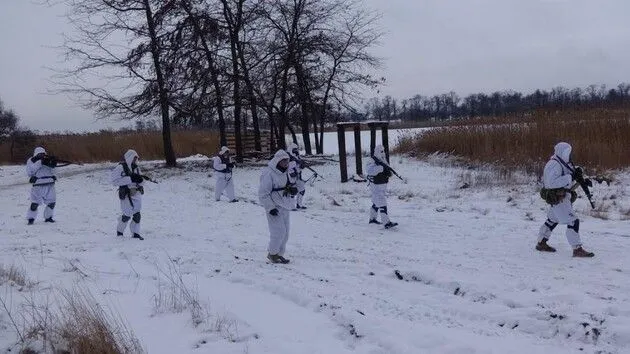
How do Ukrainians prepare?
Military experts, both Ukrainian and foreign, emphasize that the winter campaign will be won by the one who can warm their troops better.
“The one who will have an advantage in the winter period, who will clothe his soldiers more warmly, who will prepare better heating stations for personnel, who will deliver and feed hot food to his soldiers – that is the one who will win the winter campaign. This is the basics of the basics,” Ukrainian military expert Oleh Zhdanov says.
The Western partners began to help the AFU to prepare for winter as early as late August or early September. At the request of Defense Minister Oleksiy Reznikov, NATO began to collect winter clothing for Ukrainian soldiers from allies. The aid includes warm uniforms, winter shoes and winter camps. A few weeks after the request from Kyiv, the U.S., Sweden, Finland and other countries have already promised the necessary equipment. Denmark, Canada, and the United Kingdom have also been particularly active in helping. The Ukrainian Ministry of Defence claims that the personnel will be fully equipped and prepared for winter.
The Ukrainians themselves, who have a very highly developed “civil volunteer culture” since the start of the war in 2014, are not sitting idly by. Ordinary Ukrainians raise money, buy stoves, generators and other necessary equipment, weave winter protective nets and hand them over to their defenders at the front. The entire country is actively preparing for winter.

What about the occupiers?
It is traditionally believed that Russians are better adapted to the cold, because winters in Russia are much harsher than in Ukraine. But it’s not about adaptability – it’s again about outfitting and properly organized “winter logistics”. And this requires enormous resources.
But the Russian dictator, instead of providing his fighters, who are already fighting in Ukraine, with everything they need for the winter (so that they could not only move forward, but at least just survive the winter), announced mobilization at the end of September and called for at least 300 thousand more new men. And as we can see, the Russian fighters cannot be provided even now, before the frost sets in. What to say about winter?
There are many reports of mobilized Russians having to buy everything they need with their own money. The Russian military machine absolutely cannot cope with properly supplying so many recruits.
“They are given kirza boots that get wet quickly; instead of socks they are given footwraps, and would to God that these are winter footwraps, not summer ones. Footwraps are no better than socks. They were used because the USSR could not provide all soldiers with socks and better footwear than kirza boots,” Oleh Zhdanov says.
Even earlier, a video went viral in which mobilized Russians were advised to ask their wives and mothers for women’s pads to put in their kirza boots. Women’s pads against NATO-standard outfits. Here it is, the “second world army”!
Although the Russian Federation's “partners” are also getting involved. Recently it became known that several enterprises in North Korea began to sew winter uniforms for the Russian military. But it is still unlikely that this can ensure the success of the Russian army on the Ukrainian fronts.
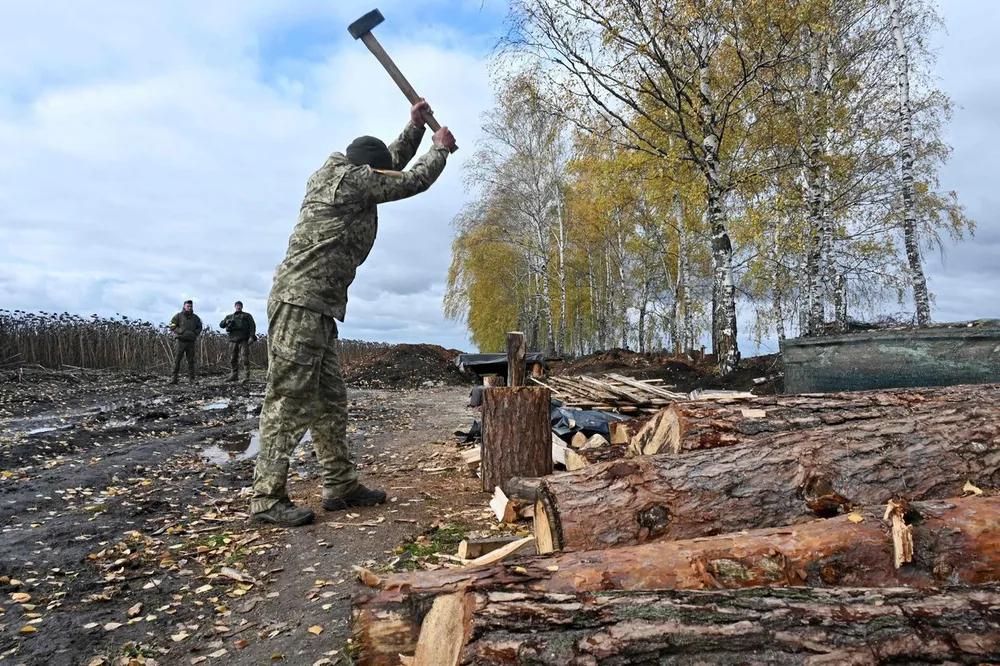
A factor as important as weather conditions and equipment
An article in The Sun on the subject states that Russian occupiers could face murderous conditions similar to those encountered by the Soviet army during the failed invasion of Finland in 1939 or the unsuccessful Nazi attack on the Soviet Union in 1941.
General Ben Hodges, the former commander of U.S. ground forces in Europe, believes that the change in conditions will benefit the Ukrainians because they are “much better prepared”. And if they continue to put pressure on the Russians, the occupiers “will collapse”.
He also explained that one of the biggest problems for Russians is not only the cold itself, but also the threat of disease. Covid and other viruses can find fertile breeding ground in the ranks of undisciplined and weakened Russian troops as they huddle in their trenches and bunkers.
However, it is not only the weather conditions and equipment that are important, but also motivation. Although Ukrainians, too, will have to fight in the same conditions, they are not only better equipped, but also much more motivated.
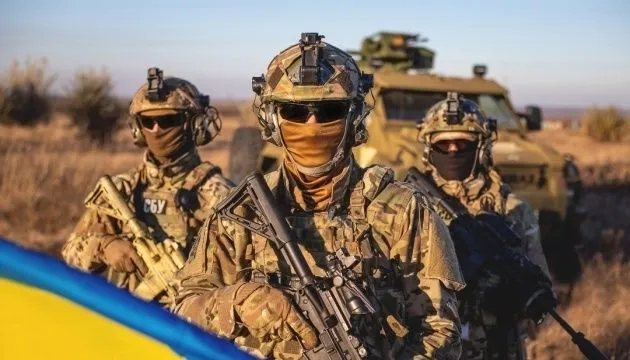
Retired British Army officer Colonel Richard Kemp emphasized that morale will be a key factor in fighting in winter in Ukraine.
“Many of these Russians do not realize why they are fighting and they don't want to be fighting – they’ve just been sent to the frontline. While the Ukrainians are fighting for their homes and families,” he said.
Kemp stressed that it “won’t be an easy ride” for the Ukrainians, but they will be helped by high morale and supported by the whole Ukrainian population.
So, what can we expect on the fronts in winter?
The Russians, with no significant victories on the battlefield, have changed tactics to terrorize the Ukrainian people. Its goal is to destroy Ukraine’s energy facilities so that Ukrainians will freeze in their homes during the winter.
During October, there were several massive shelling of Ukrainian regions, with Ukrainian authorities reporting that about a third of the country’s energy facilities were damaged. It is to be expected that the aggressor country will continue to use these terrorist tactics in November and winter as well. So, the winter promises to be difficult in the deep rear as well.

In the same time, Russian military is still making strenuous preparations for winter in the occupied territories of Ukraine. The occupiers hope that the snow and frost will slow down the advance of the AFU, and then they will be able to rest and replenish their forces. In particular, the Russians are:
- trying to create a conditional demarcation line in the combat zone;
- digging large fighting holes and trenches with the help of machinery;
- putting up anti-tank concrete fortifications, including the so-called “dragon’s teeth”.
The situation along the main lines of the front is as follows.
- Kherson region (south)
The situation around Kherson remains tense and not entirely clear. Recently, we have been receiving reports about the withdrawal of Russian forces from Kherson, and statements by Russians about a kind of evacuation from there. But the Russians’ tactics in this direction are not yet completely explicit.
On November 11, Ukrainian troops entered Kherson, the Ukrainian control was regained over the city. This was officially confirmed by President Zelensky. Combat operations in the city of Kherson are currently underway.
Analysts at the U.S. Institute for the Study of War (ISW) believe that Ukrainian military will quickly take control of settlements on the right bank of Dnipro river in Kherson region as long as Russians are unable to hold them

The city of Kherson under Ukrainian control again
- Donbas (east)
The situation in the east remains steadily complicated, it is now the epicenter of hostilities. The Russian Federation is throwing more and more fresh mobilized men into the area. We already know of cases of mass extermination of mobilized people by Ukrainian troops as a result of their misguided deployment. For example, in early November hundreds of mobilized men were killed near Uhledar.
Regarding the Donetsk, Luhansk, and part of the Kharkiv region, ISW estimates that the Russians no longer have the ability to continue large-scale offensive operations in the area. For four months, the Russian armed forces, Wagner Group, and Kadyrov’s formations have been unable to advance along the Bakhmut and Avdiivka directions.
According to experts, they will continue to suffer from problems in this region due to logistics, attacks by the AFU, unprepared personnel, etc.
- Possible attack from the territory of Belarus (north)
Some analysts also do not rule out the possibility of a new offensive from the north. For example, Ukrainian military expert Petro Chernik notes:
“A ground attack could happen. I emphasize that in the west of Ukraine it is unlikely because of the forests and swamps. In the direction of Kyiv, it can happen. Whether Lukashenko will cross the final line – no one knows. We must understand that politically he is dead. I guarantee that the north of Ukraine is protected in terms of engineering barriers at such a level that if he dares to do such a thing, their losses will be colossal.”
Overall, despite all the challenges, winter will not affect the Ukrainians’ resilience and persistence in the struggle, either at the front or deep in the rear. The main thing is that the difficult winter will not shake the West in its support for Ukraine. If this support is as stable and intensive, together we can not only survive the winter, but also successfully pass this difficult period. And no Putin’s threats or terror will prevent us from doing so.
Anastasiya Glotova

